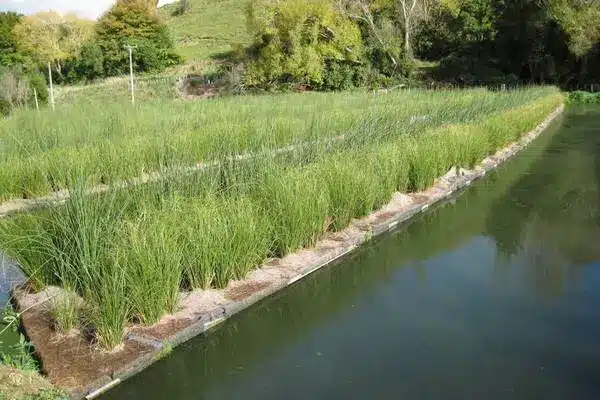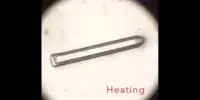Phytoremediation is a sustainable and environmentally beneficial method of cleaning, detoxifying, and extracting valuable materials from polluted water sources. The Australian National University (ANU) scientists are using plants as inspiration to develop innovative strategies for separating and extracting valuable minerals, metals, and nutrients from resource-rich wastewater.
The ANU researchers are modifying plant ‘membrane separation mechanisms’ so that they can be incorporated into future wastewater recycling technologies. This strategy provides a sustainable solution for managing the resources needed for the world’s food, energy, and water security by harvesting, recycling, and reusing valuable metal, mineral, and nutrient resources from liquid wastes.
Agriculture, aquaculture, desalination, battery recycling, and mining might all profit from the technology. It could also assist businesses in rethinking their waste management strategies by developing a method to extract value from wastewater. The study has ramifications for flood and drought-prone locations throughout Australia.
The world’s wastewater contains a jumbled mess of extremely valuable resources, but only in their pure form. One of the biggest challenges for researchers is figuring out how to extract these valuable minerals, metals, and nutrients while retaining their purity.
Associate Professor Caitlin Byrt
Global wastewater comprises three million metric tonnes of phosphorus, 16.6 million metric tonnes of nitrogen, and 6.3 million metric tonnes of potassium, according to estimates. The recovery of these nutrients from wastewater has the potential to offset 13.4% of worldwide agricultural demand for these resources.
The ammonia and hydrogen molecules, among others, that are embedded in wastewater could provide electricity to 158 million households.
“The world’s wastewater contains a jumbled mess of extremely valuable resources, but only in their pure form. One of the biggest challenges for researchers is figuring out how to extract these valuable minerals, metals, and nutrients while retaining their purity,” said ANU plant scientist Associate Professor Caitlin Byrt.
“For example, the Australian mining industry generates over 500 million tonnes of waste per year, and these wastes are rich in resources such as copper, lithium, and iron.” But, for the time being, liquid waste is only an issue; it cannot be disposed and cannot be used. Unless each resource can be taken out in its purest form, it is merely trash.

“This is especially true in the battery recycling space; you have this massive, rich source of lithium inside dead batteries that we can’t yet extract or reuse efficiently.” Harvesting resources from industrial and urban waste is an important step towards moving to a circular green economy, creating a sustainable future, and lowering our carbon footprint.”
The researchers looked at the particular molecular mechanisms that enable plants distinguish and separate distinct metal, mineral, and nutrient molecules in soil, allowing them to divide the good from the bad – an important biological step for their growth and development.
“Resources such as boron, iron, lithium and phosphorus are used in battery technologies and plants are masters at separating these types of resources,” Associate Professor Byrt said.
Ammonia, a compound used to create fertiliser and an essential material in crop production, is another key resource scientists are looking to extract from liquid waste solutions.
“Fertiliser costs are going through the roof, which puts a lot of pressure on Australian farmers to be able to afford these higher prices and yet we’re wasting huge proportions of these molecules and that’s causing environmental problems,” Associate Professor Byrt said.
“Ammonia is also an important hydrogen fuel storage molecule.” As we continue to develop hydrogen fuel industries, there will be an increase in demand for ammonia as a storage molecule, because that is how the hydrogen fuel industry will be able to transport the stored hydrogen around and eventually use it as a potential fuel source for fueling cars and other technologies.”
Advances in precision separation technology, according to Associate Professor Byrt, could also provide security to flood- and drought-prone communities across Australia by providing portable, secure, and dependable access to clean drinking water in the face of worsening weather events caused by climate change.
















